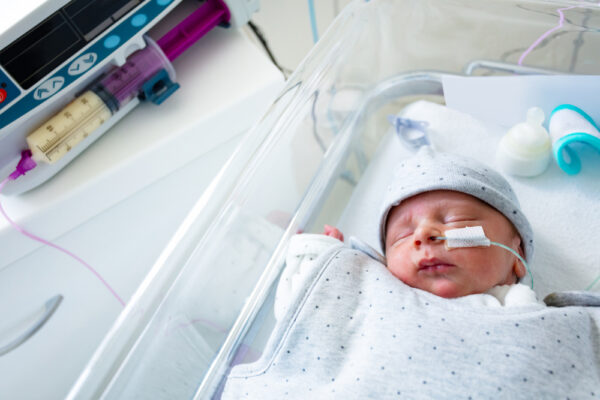Medical researchers believe a relatively unknown virus is behind the strange epidemic of birth defects ravaging Brazil. Zika, a virus carried by mosquitos, was restricted to African countries like Ghana and the islands of Southeast Asia until recently. But it’s now turned up in Brazil, Mexico and Puerto Rico in recent months, accompanied by rashes of microcephaly, a rare birth defect with severe effects.
Why Thousands Of Brazilian Children Are Being Born With Microcephaly
Between November and December of 2015, nearly 3,000 Brazilian children were born with the abnormally small heads and incomplete brain growth characteristic of microcephaly. The previous year, only about 150 children were born with microcephaly in Brazil. The country’s health ministers have taken the unprecedented step of advising citizens not to get pregnant until a cause for the outbreak of birth defects is found, reports CNN.
While Zika is certainly traveling north, health officials in the US have told pregnant women here that there’s no reason to panic. Mosquitos aren’t as common in cold climates, especially the type known to transmit Zika, which find tropical regions far more hospitable. Turns out the virus doesn’t need a mosquito host to find its way to the US, though.
First Zika Case Arrives In US
On Monday, January 11, 2016, the Centers for Disease & Prevention confirmed the first US case of Zika, contracted by a Houston resident recently returned from travels in Latin America.
Over the next few decades, these sort of tropical viruses may come to threaten US patients at alarming rates. Global climate change has already been blamed for Zika’s ability to gain traction in countries as far north as Mexico. Climate-related effects may also be at the root of recent US outbreaks of dengue fever, another virus once confined exclusively to equatorial regions of the globe.
Perversely, the first documented case of Zika Virus in North America has occurred at the start of National Birth Defect Prevention Month.
Can Birth Defects “Spread” Like A Disease?
Outbreaks of birth defects are exceedingly rare. At least that’s what we’ve been led to believe. But after Washington State was struck by an inexplicable surge in anencephaly cases, scrutiny fell on the way US medical officials track birth defects. In most cases, they don’t. Only 14 states have “active” birth defect surveillance programs; the others rely on voluntary reports to find out where congenital abnormalities are more common.
Maybe that’s why we don’t think of birth defects as a regional, or local, issue. Congenital abnormalities are, instead, usually considered a matter of individual parents with unique genetic information passing on mutations to their children. It’s a personal, not a communal problem. Thus it’s odd to say that a birth defect could “spread,” like a communicable disease.
But genetics is only half of the story. Researchers have long known that environmental factors, like viruses, toxins and prescription drugs, can harm fetal development. It’s just that our current (nearly non-existent) birth defect tracking programs aren’t likely to capture abnormally-high incidence rates confined by geography. In fact, most state-based birth defect registries don’t even look into the potential effects of environment. According to the Trust for America’s Health, “two-thirds of states with registries do not explore any possible link between birth defects and environmental exposure information.”
That means birth defect “epidemics” similar to the one in Washington may occur more than we think, we’d just have no way to tell.
How An Emphasis On Genetic Causes Hurts Birth Defect Research
The mindset that places precedence on genetics, over and above environment, is also a factor in how few birth defects are actually reported to the US Food & Drug Administration. The FDA keeps records of potential links between birth defects and prescription drugs, many of which have been confirmed “teratogenic,” able to adversely affect fetal development. But since so many doctors think of birth defects solely in genetic terms, they don’t consider individual cases worthy of a report.
This all has real consequences for pregnant women and their families. Just ask the hundreds of women who have filed Zofran lawsuits. They say GlaxoSmithKline’s nausea drug, the world’s most popular pharmaceutical option for morning sickness, causes birth defects. Some major studies suggest that much, finding a marked increase in the rate of cleft palate and congenital heart defects among babies exposed to Zofran. But to conduct those studies, medical researchers were forced to turn to European records, rather than stick with US data, because countries like Denmark and Sweden exhaustively track prescriptions and birth defects. The US doesn’t.













Comments for this article are closed.